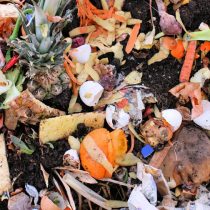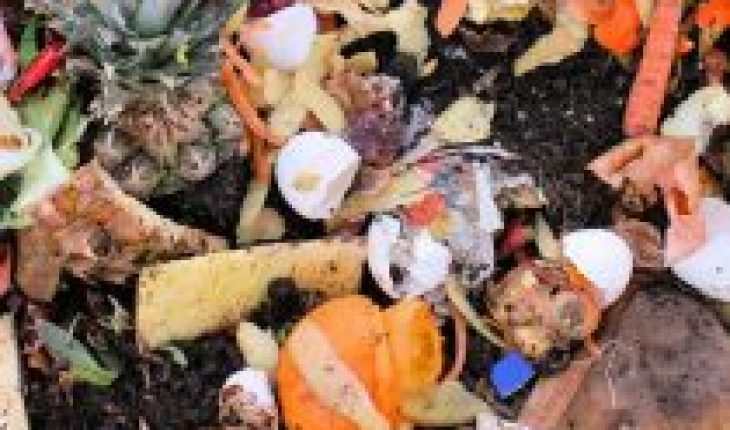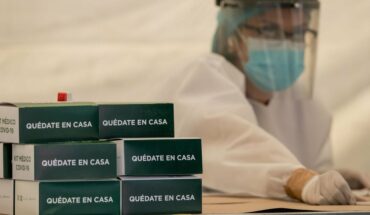
The wonderful bubble in which we live is at a critical moment. But while many warn us, we continue our economy based on perpetual growth. It’s like that locomotive of the Marx brothers that continually called for “more wood, more wood!”
However, the last lesson learned shows that this locomotive can stand up and derail us. And there is no need for cataclysms to occur or angry gods to come to us to hold for accountable, or even to exploit unjust wars with genocidal leaders. A simple inanimate organism (or not, there is controversy in it) with a small sequence of RNA has left us KO showing us how fragile we are.
A broken balance
But crises are also sources of opportunity. Now more than ever, humanity must take a step towards its social maturity and understand that our relationship with ecosystems is fundamental.
At this time, dear reader, we ask you for an effort: do not imagine only an ecosystem made up of animals, forests, rivers, seas, etc. Imagine that your home, your street, your city, the country house you frequent to relax and, without a doubt, our industries are also part of those ecosystems.
The sum of all these components plays an important role in the biosphere balances and they have to be adjusted daily.
Until the first industrial revolution we have maintained a more or less reasonable balance between humanity and Earth. However, the exponential development of our way of life (at least in the countries of the so-called first world) has unbalanced everything and, without a doubt, our planet is deteriorating.
A great indicator that something is not going well we find in our waste.
Garbage gives us away
First, our waste reveals that we have become professional wasteful. From an energy point of view, the waste we dump (mainly organic waste and plastics) shows that we produce more food than we need. We generate more calories than we should (I don’t use the word we can) eat. Therefore, what we no longer want or do not find appetizing, ends up in immense warehouses that we call landfills.
Food waste accounts for about one third of the food produced, with a total of 2.96 Gt per year. The environmental footprint of this waste is equivalent to 3.3 Gt of CO2 equivalent, a water consumption of 250 km3 and the use of 1.4 trillion hectares of arable land.
The above details lead us to the second question: the waste we generate shows the extent to which our society is immature. No intelligent and balanced being would waste so much, especially with people starving.
Waste, also a source of opportunity
Once we have reflected on the ethical aspects of our garbage, we will focus on the positive aspect, that is, on the opportunity.
Today there are many initiatives that seek to reduce the production of food waste. But what about those who cannot be reduced? That’s what scientists and scientists are for, to figure out how to give them a second life.
To give you an idea, food residues are made up of proteins, carbohydrates, fats and fibers. These components are the essential blocks of nature and serve, through endless organisms – some as small as a bacterium and others as large as an elephant – to generate cycles such as carbon, nitrogen, etc.
The opportunity is served on a platter: learning how these mechanisms work and importing them into our technology would be a great opportunity to create a more sustainable economy.
Methods for reusing waste
Over the past 50 years, technologies have been developed that attempt to harness waste to produce a long list of products such as fuels, bioplastics and substances used in drugs.
These processes serve to create a new type of industry that we call biorefinery. Its task is no different from that which we traditionally associate with a refinery: from oil (the raw material) we obtain fuels, plastics, etc. But unlike this, its philosophy is to recover what we can no longer use and return it to service life, whether transformed into fuel or other product.
Image of Asperguillus awamori degrading garbage to produce biodiesel.
Author provided provided
For example, a fungus called Aspergillus awamori is capable of degrading garbage for producir biodiesel.
This new industry focuses on the circular economy and would allow us to find a new balance between the human ecosystem and the natural ecosystem again.
If you are more interested in seeing how a biorefinery works, feel free to visit our virtual classroom. There you can learn some secrets of biofuel production and experience its processes.
In the BIOSAHE group of the University of Córdoba we work on this line. We look for how to take advantage of waste and how to use it as fuels or biomaterials.
Our commitment, like that of the rest of the scientific community, is to create a science and a technology that allows the next generation to seek happiness and not survival. This longing accompanies us from the dawn of our birth as a species and must mark our evolution towards a consciousness that goes beyond ourselves.
Miguel Carmona Cabello, Researcher in the Department of Applied Physics and Thermodynamics, University of Córdoba; Pilar Dorado, Professor in the Department of Applied Physics chemistry and Thermodynamics, University of Córdoba and Sara Pinzi, Professor in the Department of Applied Physical Chemistry and Thermodynamics, University of Córdoba
This article was originally published in The Conversation. Read the original.





